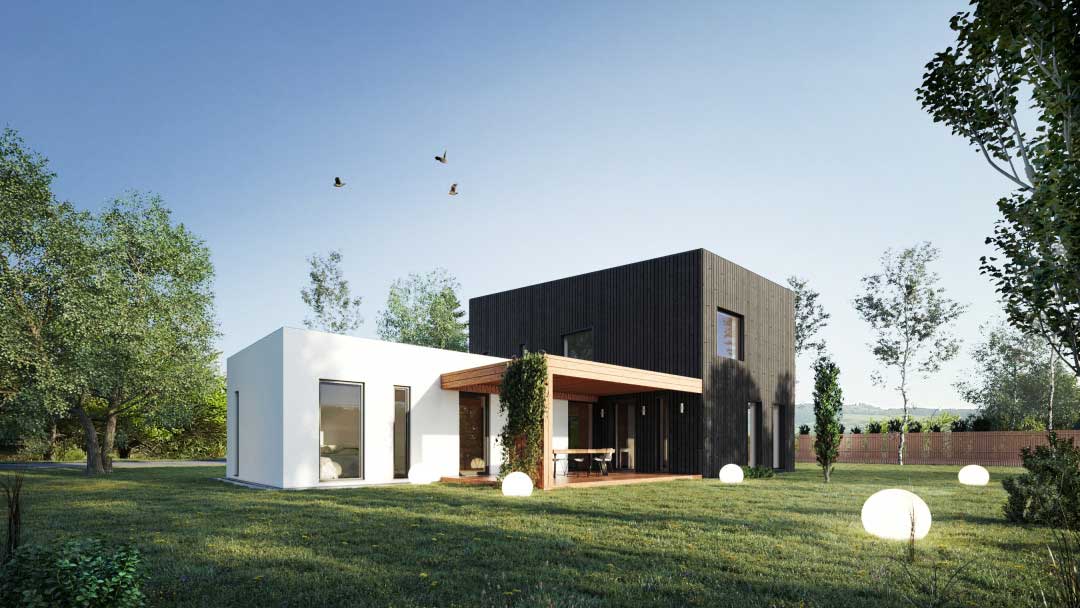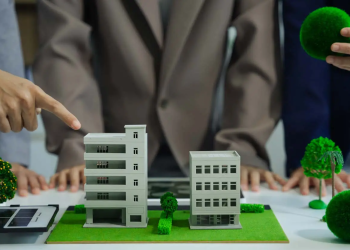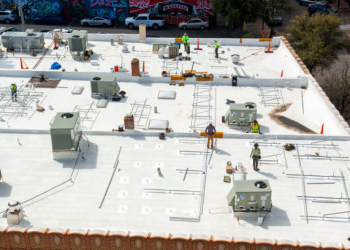Table of Contents
There is no doubt that 3D modeling is now an important aspect of real estate development. Jaw opening virtual models with an attractive view can impress clients and sell projects in a hurry – that is, if it is done in the right way, with the right tools. One way to achieve this is by requesting the service of a 3d exterior rendering company. Any 3D exterior rendering team must ensure that each 3d rendering project comes out well and attractive to keep attracting clients, generate profit, and stand the competition.

At the end of the project, the stunning view is what is looked forward to, and that must be achieved. Then, how is this attractive view achieved?
Make the illumination and lighting system look very natural
Illumination and lighting is an important and crucial element in 3d rendering. It takes a lot of consistency, skills, and technique to achieve good lighting in a scene during a rendering process. It is not just about adding lights and numerous effects; those lights also need to look natural and real. Good illumination makes all the difference between a low standard and a high standard rendering.
Always sketch first
Having a rough sketch makes the work easier for you. It gives you a template on which you build other incoming ideas; it is like having a reference diagram. Furthermore, it enables you to avoid issues like working hard on your file’s details and ending up realizing that the overall image doesn’t align with your original idea. Sketching your scene first not only helps you to imagine your finished work quickly, but it also keeps you on the right path as you work. If you stray from the project’s concept, the sketch is there to remind you to focus on the most valuable areas of the project.
Varying the intensities of the fore, mid & back elements
Giving the foregrounds & backgrounds different light intensities will go a long way, as it helps you make the focal point stronger. This is as straightforward as ever.
Avoid wide-angle shots
Using wide-angle shots can often lead to bad composition. Sometimes it is better to show a small portion of the project rather than try to capture all of the space in a single shot.
Make it look real
During rendering, the real world is recreated. Therefore, for the rendering to look as real as possible, each object must be modeled with the greatest possible degree of realism. Give your light a good hierarchy and organize them very well. To obtain a three-dimensional effect, the elects you should use are the primary, secondary and fill light. Also, the scene should be illuminated as though it were real life and watch your composition come out very attractive.
Populate the scene
It is important to populate your scene- components that will be used to achieve this are a key element. The more detailed and complex they are, the more realistic the final composition of your 3D rendering will be. Nothing takes away realism more from a scene than seeing inputted objects and elements with a rough or hard geometry.
Now, let’s talk about some tools that can be used to make your 3d rendering look attractive.
4 tools to tune your 3d rendering project
Blender
Blender is a free, open-source 3D modeling software – with powerful texture and lighting engines. Just because it’s free doesn’t mean it’s low quality. It is open-source with a large community of programmers creating add-ons and improvements to make it even better.
FelixRender
FelixRender is a cloud-based version of Maxwell Render. You get to create beautiful, detailed models without having to worry about hard drive space; 3D rendering creates very large files so you need enough space.
Corona
An example of a photorealistic 3D rendering program is Corona. It creates lifelike textures and lighting environments, with reflections and refractions. It has a simple user interface, which makes it easy to use and cuts down on render time. Hence, allowing you to work faster and getting more jobs done.
Artlantis
This is designed especially for architects and designers. It helps to save time. Artlantis is embedded with lighting presets, physically-based materials and numerous other options. Artlantis is almost as lifelike as building it for real, thanks to its library of textures and environments.
Conclusion
It is very possible to develop a 3D render model of anything, provided it is conceivable and it is indeed fascinating how the knowledge of the above-mentioned tips and tools can help your design look attractive in the long run.
Using any of the above-mentioned tools and methods in rendered modeling, their applications are seen to be in constant use in the real estate sector, thus allowing for a lasting impression, sales, and ability to withstand competition from other brands.







